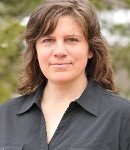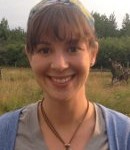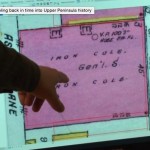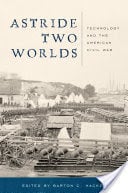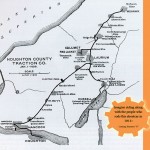
A new study focused on solar-hybrid energy systems using cogeneration, photovoltaics and battery technology and its potential impact in the Upper Peninsula was picked up by several media outlets including Solar Thermal Magazine, Phys.org and e! Science News.
The research was conducted by Abhilash Katamneni (CS), Richelle Winkler (SS), Joshua Pearce (ECE/MSE) and Lucia Gauchia (ECE/ME).
From Tech Today.
